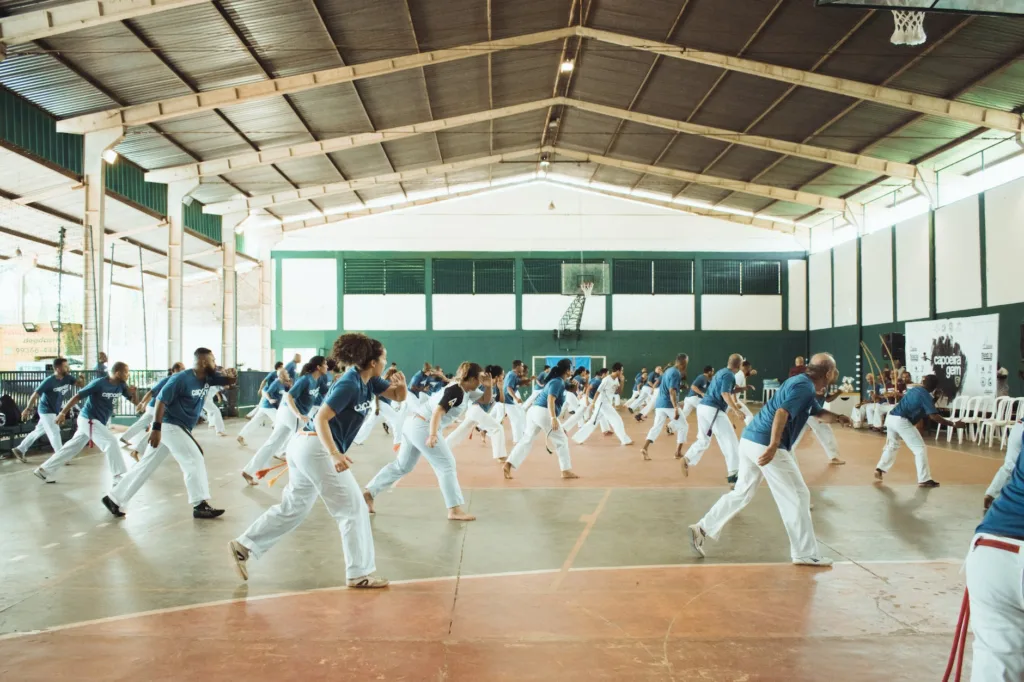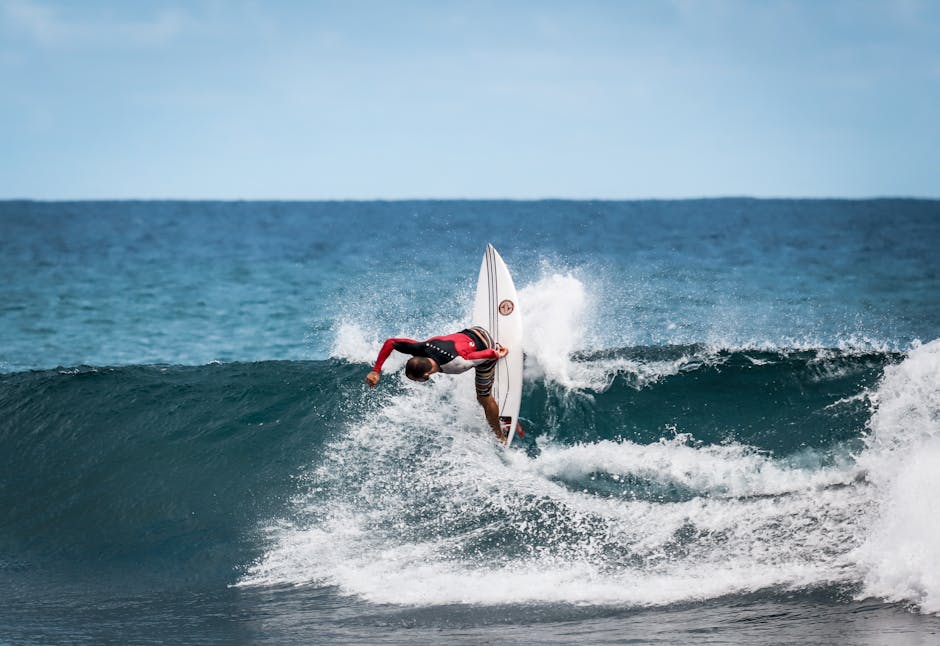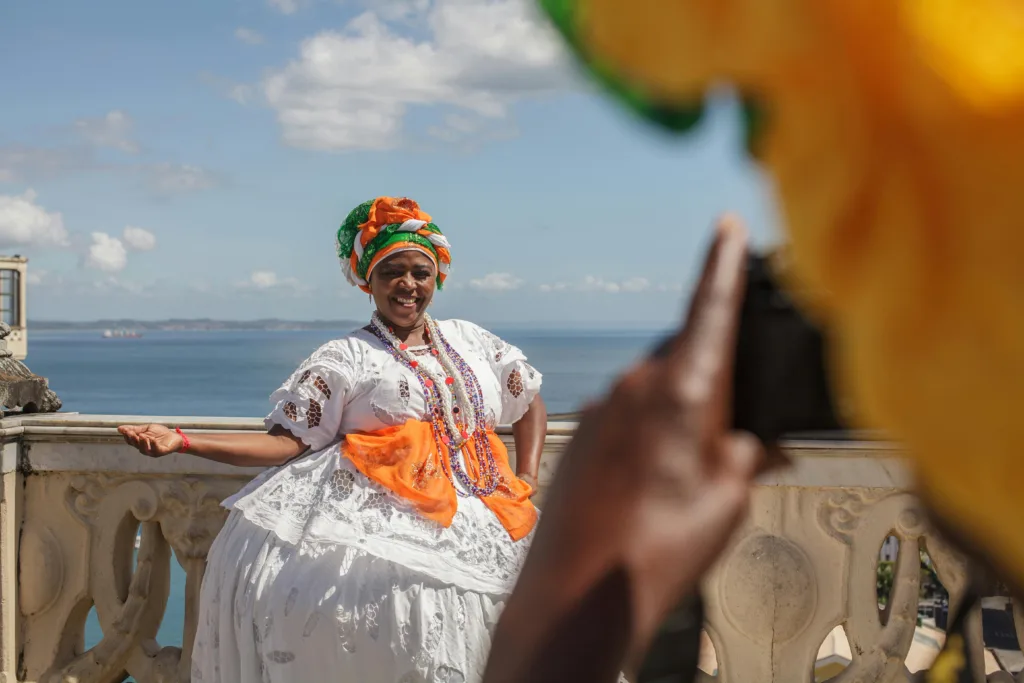Capoeira, a blend of martial arts, dance, and music, is a quintessential Brazilian cultural expression with a story that intertwines the struggles and resilience of a people.
The African Roots
The story of capoeira begins in the 16th century with the transatlantic slave trade. African slaves brought to Brazil carried with them their rich cultural heritage. Capoeira emerged as a synthesis of various African traditions, practices, and rituals, evolving into a form of self-defense disguised as dance to escape the prohibition and punishment by slave owners.
Development in Brazil
In Brazil, capoeira evolved as a tool of resistance. The enslaved Africans used it not only as a form of physical defense but also as a way to maintain their cultural identity and sense of community. It was a silent rebellion against the harsh conditions of slavery and an assertion of their humanity.
Capoeira and Slavery
During the era of slavery, capoeira was often associated with criminality and vagrancy, as it was practiced covertly by slaves and, later, by freedmen. The Brazilian government, viewing it as a threat, implemented severe measures to suppress it, including brutal punishments.
The Fight for Legitimacy
The turning point for capoeira came in the late 19th and early 20th centuries. Mestre Bimba from Salvador, Bahia, was instrumental in changing the perception of capoeira. He developed a new style, the “Capoeira Regional,” which emphasized the martial art aspect and introduced systematic training methods. Mestre Bimba’s efforts culminated in the official recognition of capoeira as a national sport in 1937.
Capoeira Angola: Preserving Traditions
Parallel to the development of Capoeira Regional, another strand, “Capoeira Angola,” sought to preserve the traditional elements of capoeira. Mestre Pastinha is the most notable figure in this movement. He focused on the ritualistic and philosophical aspects, maintaining the African heritage at the core of the practice.
Capoeira in Brazilian Culture
Capoeira is deeply ingrained in Brazilian culture. It’s not just a martial art; it’s a vibrant cultural expression that includes music, dance, and a unique philosophical outlook. The “roda,” a circle where capoeira is played, symbolizes the world with its own set of rules and customs.
Music and Instruments
Music is integral to capoeira. The “berimbau,” a single-string percussion instrument, dictates the rhythm and style of the game played. Other instruments include the “pandeiro” (tambourine), “atabaque” (drum), and “agogo” (bell). Songs, sung in Portuguese or a blend of African languages and Brazilian dialects, narrate stories of history, offer advice, and set the mood of the game.
The Capoeira Game
The capoeira game, or “jogo,” is a dialogue of movements between two players in the roda. It’s a display of skill, strategy, and playfulness, with an emphasis on fluidity and grace rather than aggression. The game is governed by a set of unspoken rules and respect for one’s opponent.
Capoeira and Spirituality
Capoeira also carries a spiritual dimension, influenced by African religious traditions. It’s not uncommon for capoeira circles to conduct rituals and ceremonies that reflect these spiritual beliefs, further embedding it into the cultural fabric of Brazil.
Capoeira Today
Today, capoeira is practiced worldwide, transcending its Brazilian roots to become a global phenomenon. It’s taught in schools, community centers, and private academies, promoting not only physical fitness but also cultural awareness and social interaction.
The Role of Mestres
“Mestres,” or masters of capoeira, are revered figures who have dedicated their lives to preserving and teaching the art. They are the custodians of capoeira’s history and traditions, passing down their knowledge to new generations.
Challenges and Preservation
Despite its global popularity, capoeira faces challenges. There’s a constant struggle to maintain the authenticity of the art form against commercialization. Efforts by practitioners and cultural organizations aim to preserve the traditional aspects of capoeira, ensuring its survival and integrity.
Capoeira is more than a martial art; it’s a living testament to the resilience and creativity of the human spirit in the face of adversity. Its journey from the slave plantations of Brazil to the global stage is a story of struggle, triumph, and the unyielding power of cultural identity. As capoeira continues to evolve, it remains a poignant reminder of Brazil’s complex history and a celebration of its vibrant culture.





